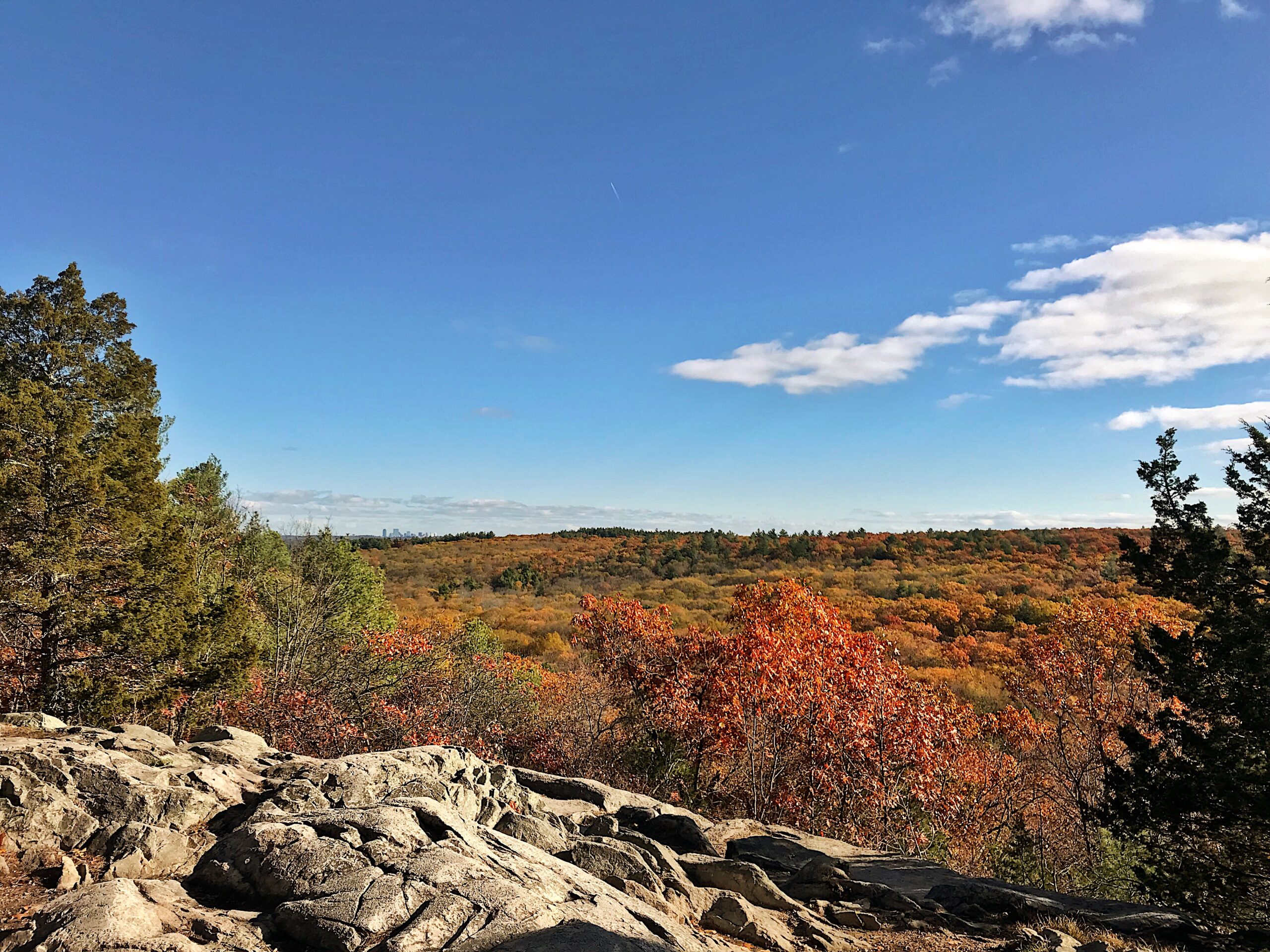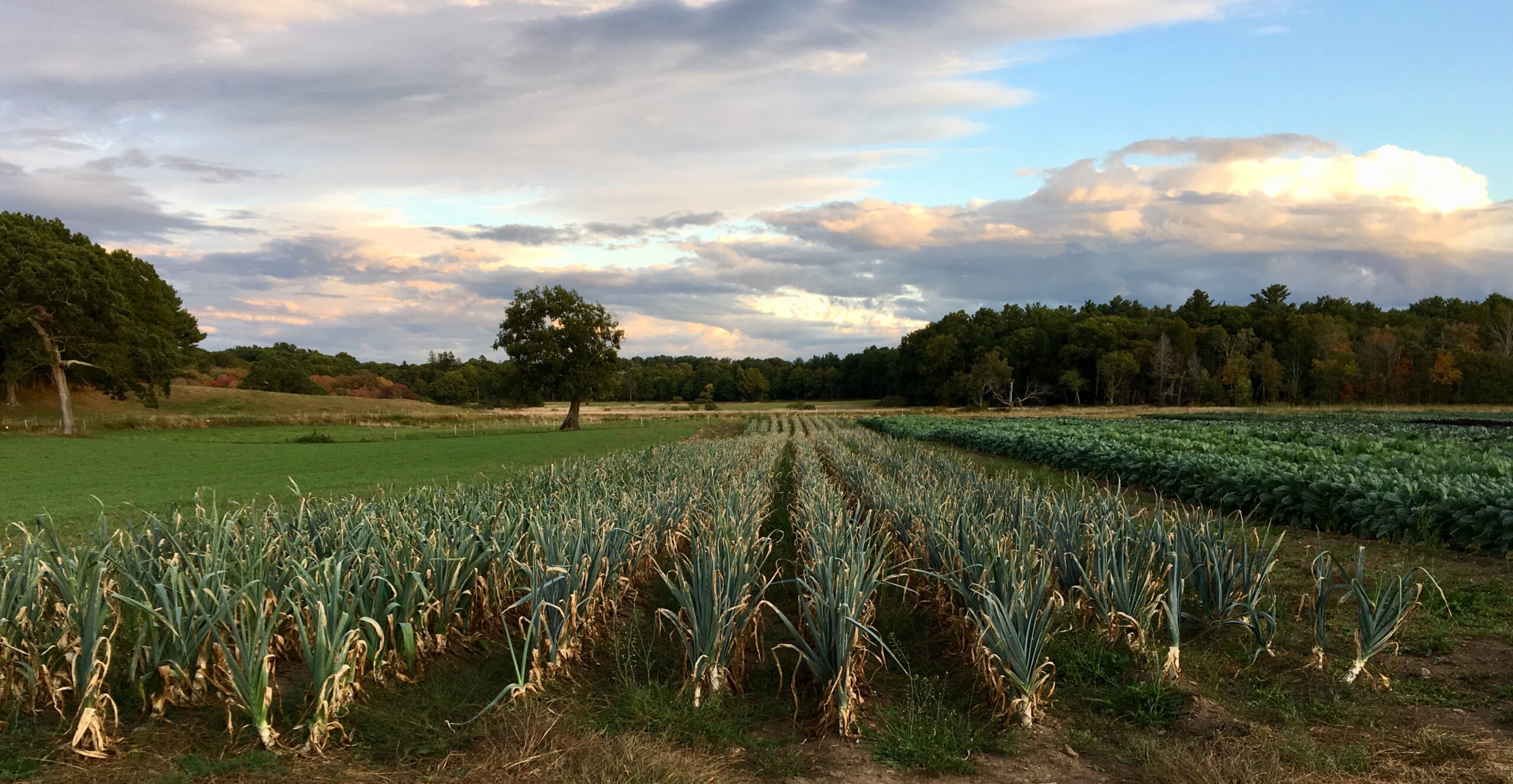Geology, climate, natural forces, and human activity have converged to support a variety of natural habitats familiar to all of us: barrier beaches, sugar maple-beech forests, broad floodplains, and grasslands.
Many of these habitats face a variety of threats. Across the state, invasive non-native species, such as oriental bittersweet, can change the character of these habitats and drive out native species. Increased storms resulting from a changing climate are causing excessive erosion across slopes. And the suppression of natural forest disturbances results in the loss of early successional plant communities. The Trustees are working to combat these threats in a number of ways, including:
- managing non-native plants and animals
- clustering conservation lands to combat fragmentation of natural areas
- protecting uninterrupted expanses of certain landscape types on which threatened species depend
- optimizing our farms to support people and nature
- maintaining grasslands as important habitat for certain species
Habitat Restoration
On a limited basis, The Trustees work to restore significant natural habitats at reservations seriously threatened by some of the above-mentioned situations. In these cases, we endeavor to restore habitats and species along with the natural and cultural processes that created and maintain the habitat. Examples include tide marsh, barrens, and floodplain forest restoration.




